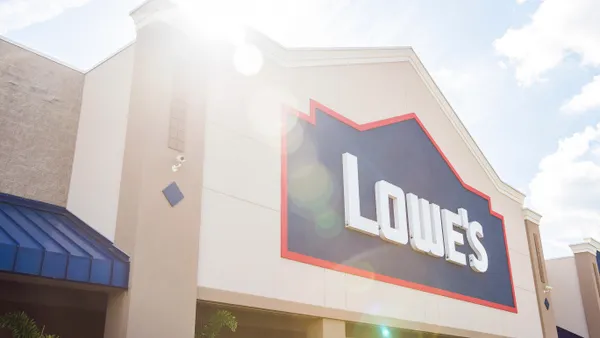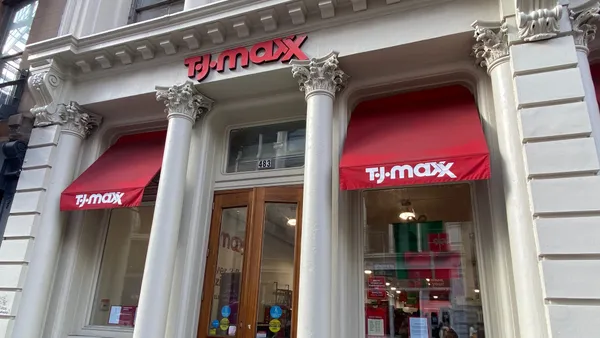Retail logistics is undergoing a profound shift with the continued growth of eCommerce. As consumers embrace online shopping, return volumes have surged across all major retail categories. In fashion and electronics in particular, returns are a daily operational reality, with current eCommerce return rates sitting at around 20% and upwards of 50% after peak season.
For many businesses high returns volumes have become problematic, a source of financial loss as well as environmental waste. But with the right supply chain infrastructure, efficient and effective product handling, returns can be a value driver, giving the customer the experience they have come to expect, without negative consequences on the bottom line or the planet.
1. Returns Efficiency as a Profit Lever
Today’s consumers don’t just want an easy delivery experience, they expect to be able to return or exchange items without friction and get their money back quickly. The faster a returned item is processed and assessed, the faster the customer can get their exchange or refund. Crucially too, speed at the point of returns landing back in the warehouse ensures the product can be resold at full price, minimizing the potential for lost revenue.
This process doesn’t have to be labor-intensive. Advanced warehouse systems featuring automation and machine learning can identify the condition of products and route them to the right destination within and out of the warehouse, getting them back into stock circulation faster. Automation at this point in the returns process is hugely valuable during seasonal spikes when labor is in high demand or when social media drives an unexpected volume surge.
2. Returns Value Recovery
After the initial product condition assessment, value can come from properly grading products so they can be restocked or resold at the right price. Having access to on-site repairs enables businesses to resell products at a higher value than they might initially be graded at, and the growth of pre-loved platforms has opened up a much bigger market for reselling items that would have previously been considered unsellable.
Harvesting data throughout this process, such as return reasons, product category, or returner details can be another way to drive value. These insights into return patterns can be used to inform decision making throughout the organization.
3. Sustainability as a Priority
When products can’t be easily resold or repaired, often they still feature reusable components and have the potential to go on to a second or third life. At DHL, we’re already working with partners to design reverse flows that minimize landfill and recover value. For example, we offer Recycling-as-a-service (RaaS) in Europe where we support in the recovery of electronic devices and then disassemble and extract parts for re-use or recycling. Something that might once have been discarded after one return can now live multiple lives through refurbishment or resale.
Maximizing the potential of returned items doesn’t just deliver immediate financial gains. Acting responsibly when it comes to returns is growing in expectation among governments and consumers, and businesses that go beyond the minimum standards for waste reduction have the potential to build brand loyalty among today’s environmentally aware shoppers.
There’s no getting away from the fact that returns are part of today’s eCommerce model, instead of fighting them, businesses should prioritize capturing as much value as possible throughout the product lifecycle. By embracing this mindset shift, profits will improve and so too will the customer experience.
Lars R. Dzedek, Global Head of Returns and Circularity at DHL Supply Chain











